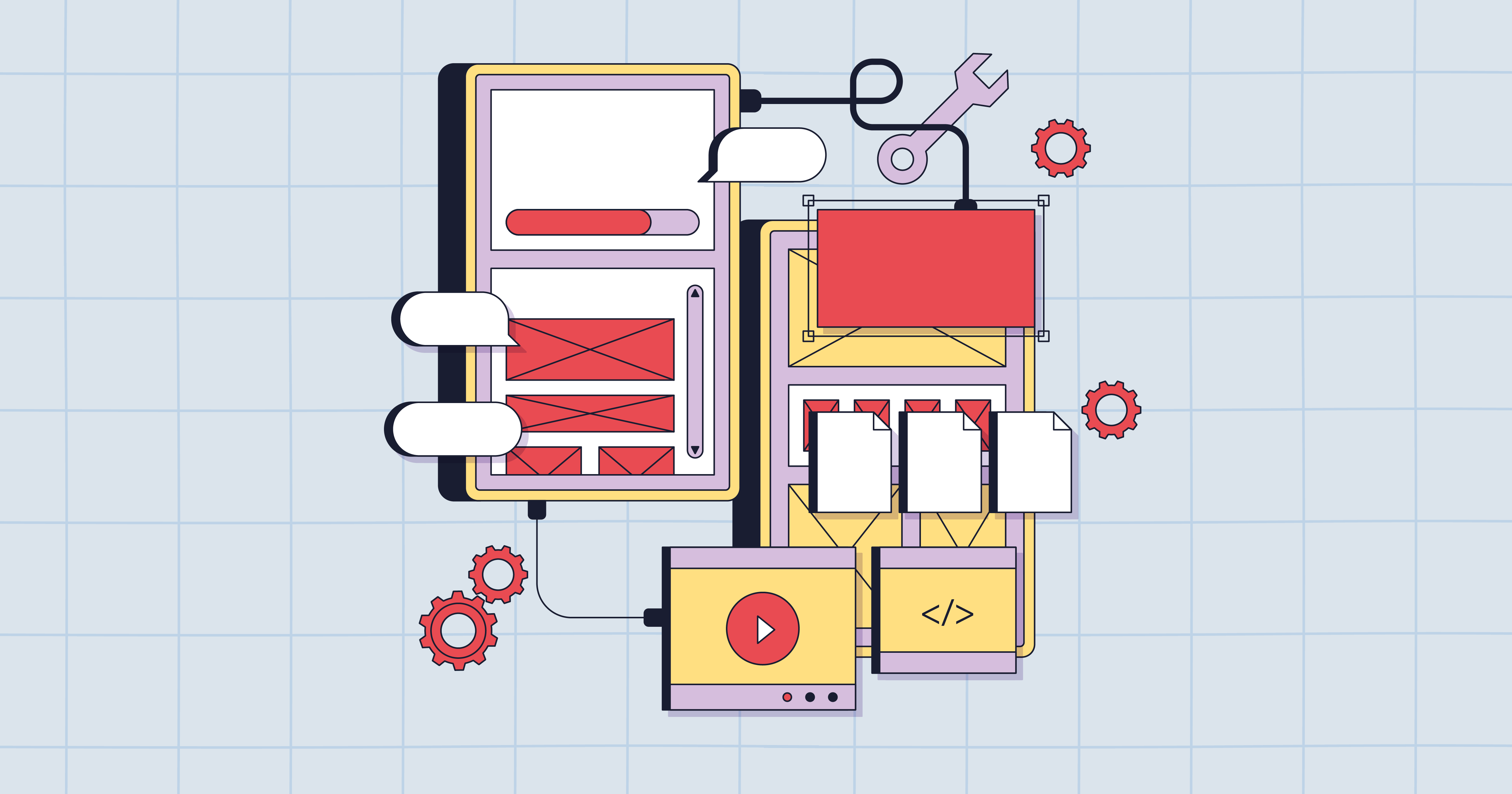As a UX/UI designer, writing a comprehensive specification document can significantly contribute to the success of your design project. A specification serves as a written record that outlines and defines the most important aspects of a product or interface. It acts as a blueprint, capturing all essential elements and interactions, providing clarity, and aligning clients and team members towards a common understanding of the design goals.
A specification is a document written during the production of a product, meticulously describing and defining crucial aspects of the design. It serves as a comprehensive reference that encompasses all elements and interactions, leaving no room for ambiguity or misunderstandings. By carefully crafting a specification, you ensure that the design intent is effectively communicated and accurately implemented.
Benefits of Writing a Specification for UX/UI Designers:
- Clarity and Alignment: A well-written specification brings clarity to the design process by clearly defining project goals, requirements, and scope. It ensures that all stakeholders and team members have a shared understanding of the design direction, reducing confusion and enhancing collaboration.
- Documentation and Reference: Specifications act as vital documentation, capturing design decisions, patterns, and guidelines. They provide a centralized reference point for future iterations, discussions, and serve as a valuable resource for onboarding new team members.
- Consistency and Cohesion: A specification plays a pivotal role in maintaining design consistency. By documenting visual styles, interaction patterns, and design principles, you create a unified and cohesive user experience across different screens and components.
- Collaboration and Feedback: Sharing a detailed specification invites collaboration and feedback from stakeholders, developers, and fellow designers. It fosters a collaborative environment where ideas can be exchanged, refined, and integrated, ultimately leading to an improved design outcome.
- Development Support: Specifications assist developers in understanding and implementing the design requirements accurately. By providing detailed descriptions of elements, interactions, and functionalities, you facilitate a smoother transition from design to development, reducing misinterpretations and streamlining the implementation process.
- User-Centered Design: Specifications prompt designers to consider the user’s perspective throughout the design process. By explicitly defining user flows, interactions, and interface behaviors, you ensure that the design aligns with user needs, goals, and expectations, resulting in a more user-centered experience.
- Design Decision Justification: Writing a specification compels designers to critically analyze and justify their design decisions. It encourages a thoughtful approach, ensuring that choices are based on research, usability principles, and best practices, which ultimately leads to more informed and effective designs.
- Scope and Time Management: Specifications provide a basis for scoping and time estimation. By clearly defining features, functionalities, and interactions, you can better estimate project timelines and manage expectations regarding the scope of work.
- Design Iteration and Evolution: Specifications are not static documents but can evolve as the design progresses. They serve as a framework for iteration, allowing you to update and refine the specification based on user feedback, usability testing, or changing project requirements, fostering an iterative design process.
- Design Handoff: Specifications act as a valuable resource during the design handoff to development teams. By documenting design assets, guidelines, and responsive design specifications, you facilitate a seamless transition from design to development, ensuring accurate implementation of the design vision.
In conclusion, writing a UX/UI design specification is a powerful tool for designers to effectively communicate, define, and detail crucial design elements and interactions. It brings clarity, alignment, and consistency to the design process, fosters collaboration, and assists in development. By leveraging the power of a comprehensive specification, designers can create remarkable user experiences that meet project goals and exceed user expectations.
